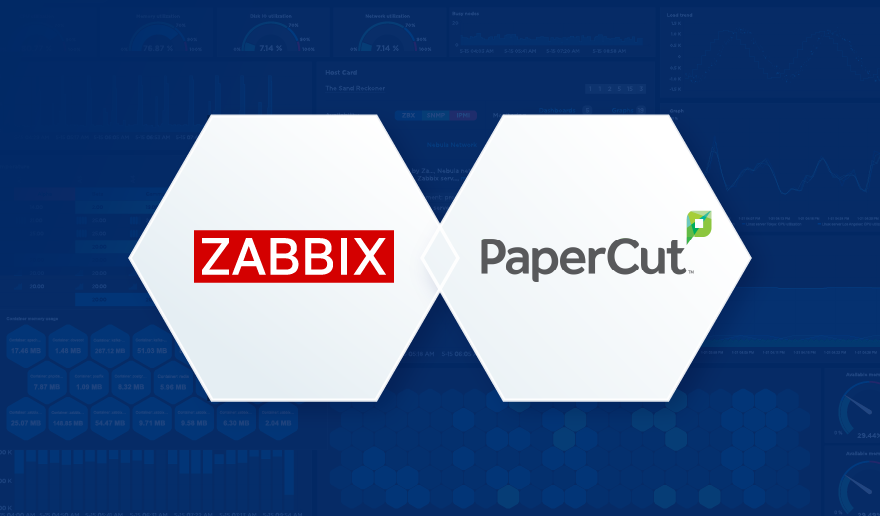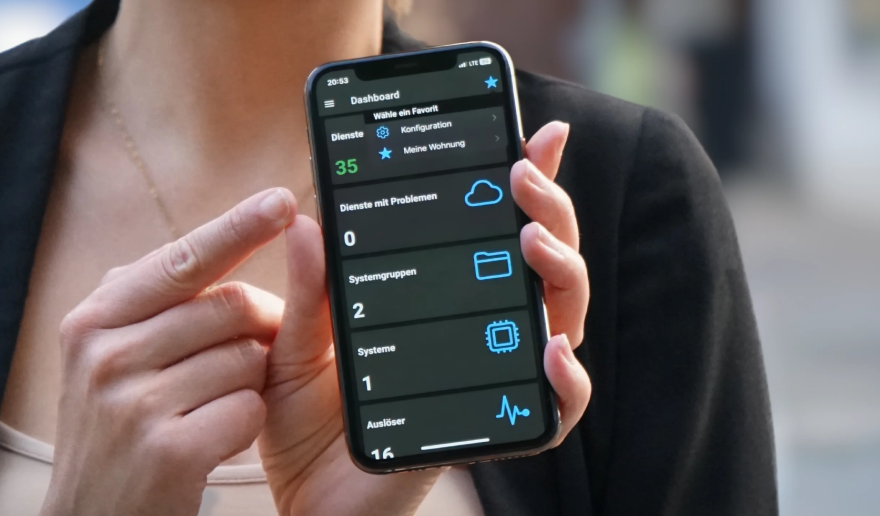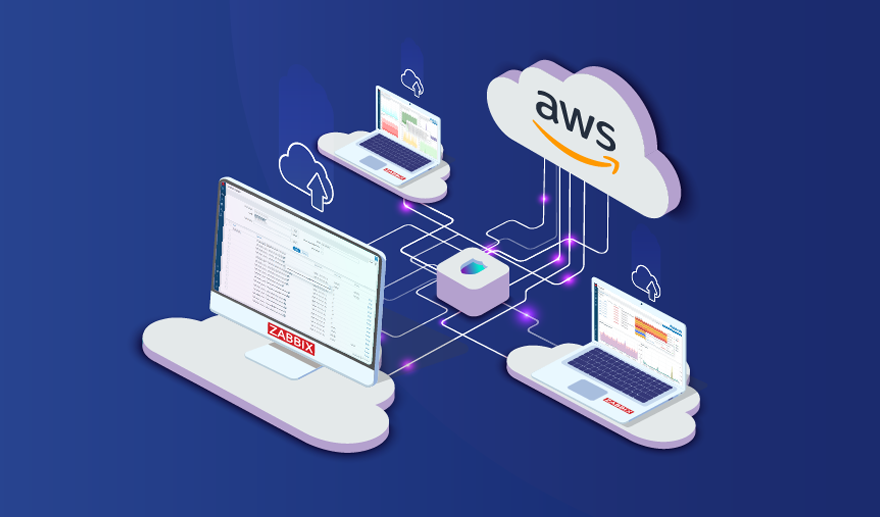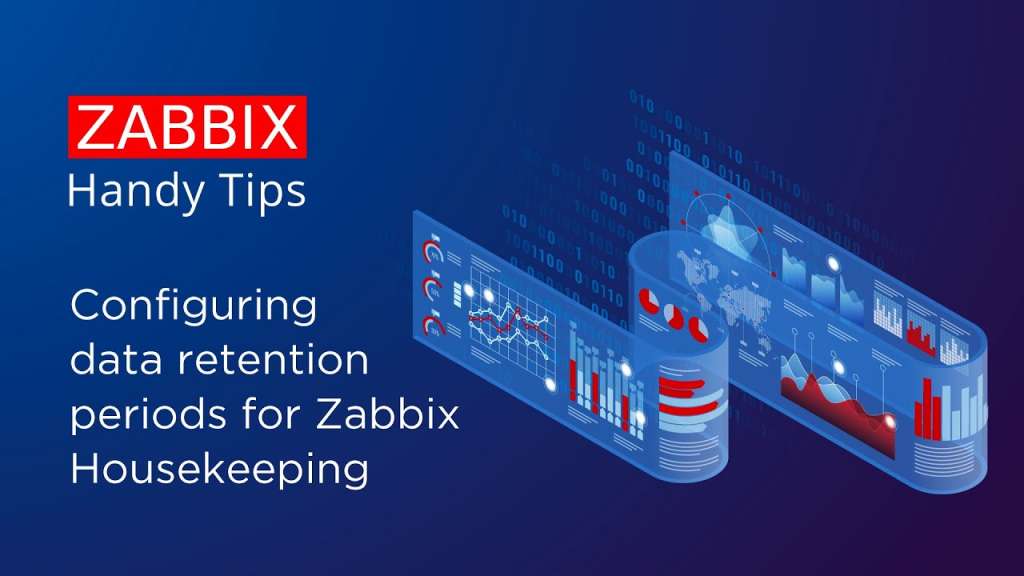Monitoring a Starlink Dish with Zabbix
Curious about keeping tabs on your Starlink internet performance? Whether you're off-grid or just love tracking your network performance, this post has you covered!

Aleksandrs Petrovs-Gavrilovs
Zabbix Certified Expert & Trainer
Latest articles

Keep Your Printers Happy with Zabbix and PaperCut NG

December 23, 2025
Integrations
We all know the panic when the print system goes down. As I’ve written about before, PaperCut NG is a fantastic tool for managing printing, but even the best software needs a watchful eye to prevent unexpected downtime.

Patrik Uytterhoeven
Open-source consultant and
Zabbix trainer at OICTS

Put Zabbix at your Fingertips with the IntelliTrend Mobile App

December 16, 2025
Integrations
The official Zabbix frontend works great on desktop, but it isn’t built for mobile. Monitoring doesn’t end when you step away from your workstation, and a reliable Zabbix mobile app keeps you connected to your Zabbix environment, gives you instant notifications, and allows you to react to problems or just check your host configuration at […]

Wolfgang Alper
CEO, IntelliTrend IT-Services GmbH

Deploying Zabbix in Amazon Web Services cloud platform

December 2, 2021
How To
With the rapid evolution and proliferation of different cloud services, many organizations have decided to move parts of their infrastructures from on-prem to cloud. As an essential part of your infrastructure, Zabbix is no exception – you always have the option to either deploy Zabbix on-prem or select from one of the many supported cloud […]

Arturs Lontons
Zabbix Certified Expert & Trainer

Summary of Zabbix Summit Online 2021, Zabbix 6.0 LTS release date and Zabbix Workshops

December 1, 2021
Community
Now that the Zabbix Summit Online 2021 has concluded, we are thrilled to report we hosted attendees from over 3000 organizations from more than 130 countries all across the globe. This year, the main focus of the speeches was the upcoming Zabbix 6.0 LTS release, as well as speeches focused on automating Zabbix data collection […]

Arturs Lontons
Zabbix Certified Expert & Trainer

Handy Tips #13: Automate inventory information collection with Zabbix

November 24, 2021
Handy Tips
Metrics collected by Zabbix can be used not only for historic data analysis and problem detection but they can also be utilized to populate your host inventory. Keeping track of your host inventory is a necessity in organizations of every size. Using another tool to do that can be costly and cause software bloat and […]

Arturs Lontons
Zabbix Certified Expert & Trainer

Handy Tips #12: Optimizing Zabbix database size with custom data storage periods

November 18, 2021
Handy Tips
Zabbix allows its users to configure custom data retention periods for different types of data – from history and trend storage periods to user session storage periods. Data retention requirements can vary a lot between different environments. With considerations to data storage footprint and company policies, some environments might require storing months of historical data, […]

Arturs Lontons
Zabbix Certified Expert & Trainer

Advanced Zabbix API – 5 API use cases to improve your API workflows

November 18, 2021
How To
As your monitoring infrastructures evolve, you might hit a point when there’s no avoiding using the Zabbix API. The Zabbix API can be used to automate a particular part of your day-to-day workflow, troubleshoot your monitoring or to simply analyze or get statistics about a specific set of entities. In this blog post, we will […]

Arturs Lontons
Zabbix Certified Expert & Trainer

Zabbix 6.0 LTS at Zabbix Summit Online 2021

November 16, 2021
Community
With Zabbix Summit Online 2021 just around the corner, it’s time to have a quick overview of the 6.0 LTS features that we can expect to see featured during the event. The Zabbix 6.0 LTS release aims to deliver some of the long-awaited enterprise-level features while also improving the general user experience, performance, scalability, and […]

Arturs Lontons
Zabbix Certified Expert & Trainer









